Gundog breeding: not just a pretty face!
With no formal breed standards to adhere to, gundog breeders have free rein to work towards whichever characteristics they choose, but two factors remain most important: aesthetics and working ability.
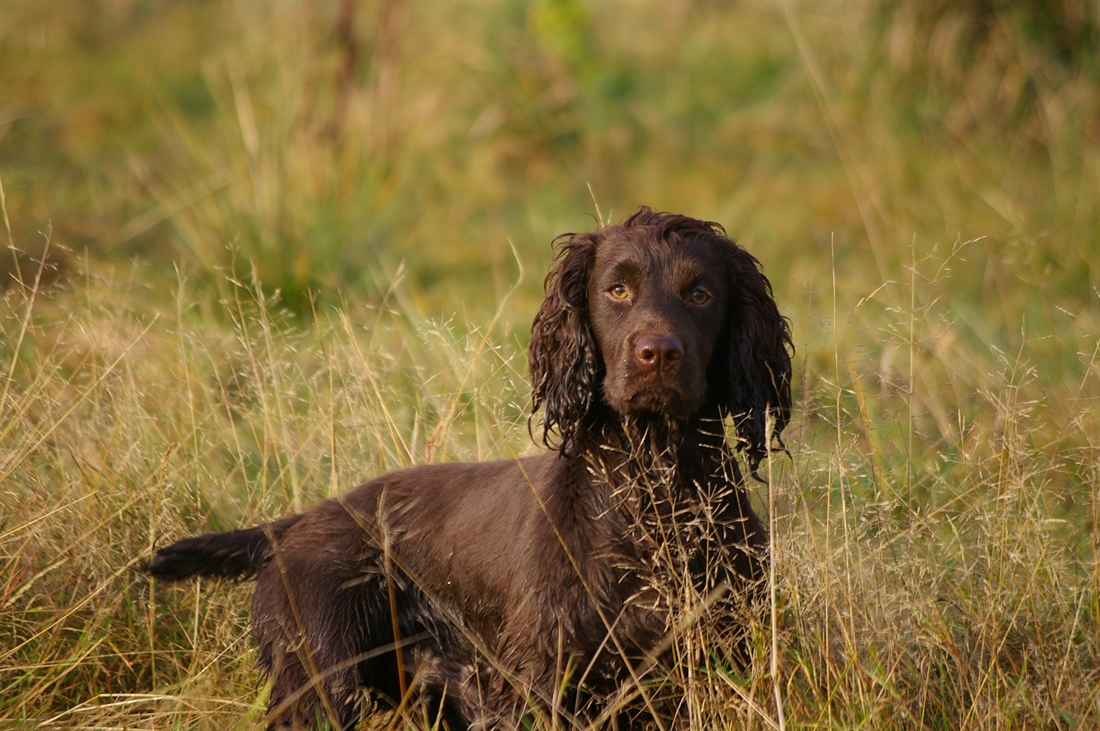
For working gundogs there is no breed standard. That is, for each breed there is no requisite size or shape, weight or form… nothing that defines it as a particular breed. From what I’ve encountered over the years, some dogs bear only a vague resemblance to a particular breed yet can still be classed as that breed. In our training paddocks here at Farlavale we’ve seen Labradors that look closer to greyhounds and cockers that look like Lancashire Heelers. This is because the working gundog world has a completely different set of requirements than the show world, with the main emphasis and necessity being, quite simply, that the dog must work!
 Aesthetics & working ability
Aesthetics & working ability
I dare say that if someone turned up on a shoot with a dog that resembled no known breed, yet it worked and performed better than any other dog there that day, it would be embraced and welcomed to the shooting field for evermore. In fact, for this imaginary new addition to gain popularity even further, and for the demand of its offspring to go through the roof, simply make it ‘aesthetically pleasing’ and we might all want one! I would even go as far as to say that providing it looked appealing with regards to its size and shape, and if it was available in an array of attractive colours, then for some owners the temperament wouldn’t even be a priority!
It’s true, aesthetics play a huge part in our decision making when it comes to choosing a gundog. It’s our human nature. I’ll never forgot the guy that once turned up here for a lesson many years ago, stating the only reason he had a weimaraner was because his girlfriend said it would match their wallpaper! He was, if nothing else, at least honest!
The pointers and setters, and many of the HPRs, appear to have the best of both worlds, as many of these breeds compete both in the show ring and the field. It’s known as duality. The working Labs, springers and cockers are, however, worlds apart from their show type counterparts. The working cocker is, in fact, genetically closer to the working springer than it is to a show cocker!
 Gundog genetics & selective breeding
Gundog genetics & selective breeding
Because of these two highly regarded essentials of ‘working ability’ and ‘aesthetics’, gundog enthusiasts can, to some extent, breed as they wish, based on their own ideal and no one else’s. There is no need to breed towards a constricting standard of uniformity like there is in the show scene. For these reasons, working cockers for example, seem to vary greatly in dimension and stature. We tend to regularly see cockers of all shapes and sizes coming along for lessons; small and wispy to large and lanky, despite being confirmed as cockers on their pedigree – and sometimes it’s often hard to see much resemblance between any of them. Some of the differences can’t even be blamed on suspected introductions of springers into their lines, not according to their pedigrees at least!
Many of the size disparities are simply inexplainable. For example, we have a stunning cocker named Biscuit. He is, it has to be said, a sizeable fellow in stature. Complete and upstanding, he is a pure hunting dog of considerable force. As we bred him, I can tell you that his sire is perhaps one of the smallest cocker stud dogs in the country – a small and compact merry cocker from a long line of small and compact merry cockers. Small genes that have been cemented within those lines by selective breeding for such pleasing neatness and uniformity. This has been the breeder’s own ‘standard’, if you like, that they’ve aimed towards over many years of breeding.
Of course, genes come from both parents, and whilst Biscuit’s dam is a slightly more sizeable bitch herself, she is nothing like Biscuit! Experience tells me though, that just because Biscuit is a more generously built sort, it doesn’t mean that he will necessarily pass on his size to all his offspring. This has been confirmed several times over, as we’ve helped train several of his pups up to adulthood. These sons and daughters of Biscuit have finished more in line with the size of his diminutive sire; despite being out of quite large bitches themselves! To cement size and shape, we would need to breed closer, which is exactly what the breeder of Biscuit’s sire has done over some considerable time.
 Does size matter when it comes to working dogs?
Does size matter when it comes to working dogs?
Staying with spaniels, over the years I’ve seen cockers from 7 kilos up to 27 kilos, and here at Farlavale we own cockers ranging from 9 kilos up to 16 kilos. In my mind, the size of a cocker doesn’t necessarily matter too much, but the stature does, because I personally like to see substance. By substance, I mean sturdy, strong and complete-looking, with good conformation and of solid bone. My reason for this need of substance is down to the demanding terrain and cover many of us ask our spaniels to hunt across. In my mind, there must be power in a dog, power that can push through and work against tough vegetation when hunting, but also power that will enable it to deliver a large cock pheasant through such cover when retrieving. Also, a body that is built with power will surely be able to handle and look after itself better with less risk of injury.
So, whether a dog is 7kilos or 27 doesn’t bother me, nor does it matter whether it’s small with substance or large with substance. But where size does matter is down to the cover and expanse of ground. For example, I know of some moorland keepers that like to breed their cockers toward the larger end of the scale because that more sizeable dog means they are definitely better suited to take on the taller and thicker heather. Why not buy a springer, you might ask? Well aside the notable differences in character and hunting style, it then comes back to the other influencing factor – that of aesthetics, and there is a greater variety of colours available in cockers!
A Lab, but not as we know it
In the ‘80s, my father owned Labradors that looked very different to the type I see today. In fact, his Labradors were quite different to many others seen at the time also, because his Labs were much smaller. Small and compact. He liked them that size as they were used to seeing more action in the beating line rather than life on the peg. I remember, as a youngster, working them on local shoots, and recall them behaving often in a very spaniel-like manner as they hunted along with their body low to the ground in order to take on brambles and other tough cover. Looking back, I don’t think I’ve seen Labradors take on cover like them since. But that was my father’s ideal Lab, and he bred accordingly! He liked these solid little Labs that would work in the beating line yet would have the capabilities to heel better than a spaniel when required, a dog he didn’t have to constantly remind where ‘heel’ was!
I should imagine that those Labradors of my father’s weighed between 20 and 25 kilos. I see Labradors on site here that are anywhere between 20 and 40 kilos, but the greatest variant is often the shape, with long-legged, finely built types quite common. When all’s said and done, I quite like that there are such variables within the popular working breeds, as size differences provide us with more options when it comes to breeding and subsequently when it comes to their necessary working environment.
So, many of us have a picture that we breed towards. Aside from the responsibilities all breeders have to health test our dogs, and the desire for them to have good temperaments, two main factors will prevail: those of ‘working ability’ and ‘looks’. It seems we can never get away from the inbuilt human nature to want what looks visually satisfying. If you like how it works, you may as well enjoy how it looks too! Pleasing to the eye on both counts.
Given the choice though, I do have faith that making breeding decisions based on working ability will always win over beauty.


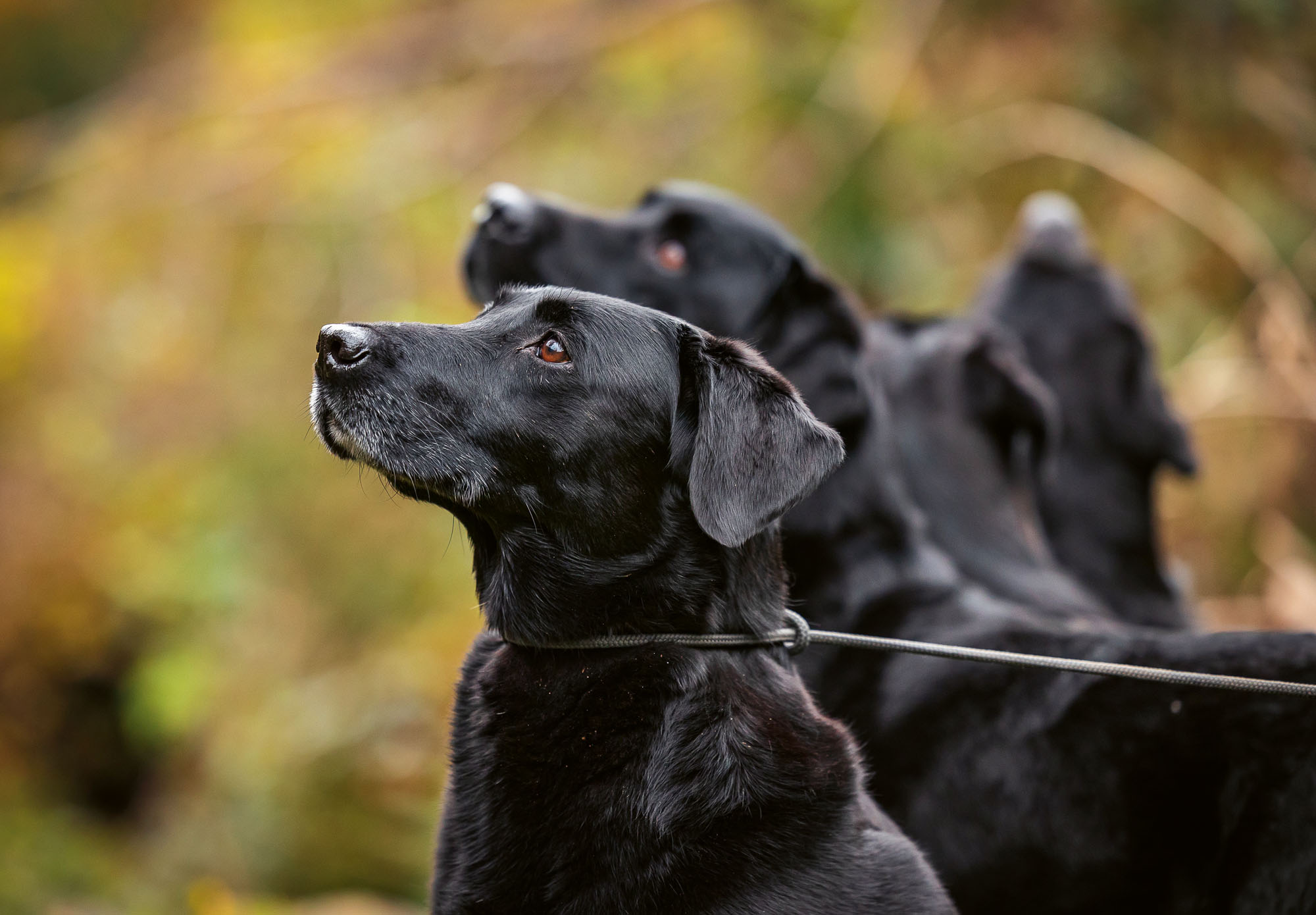
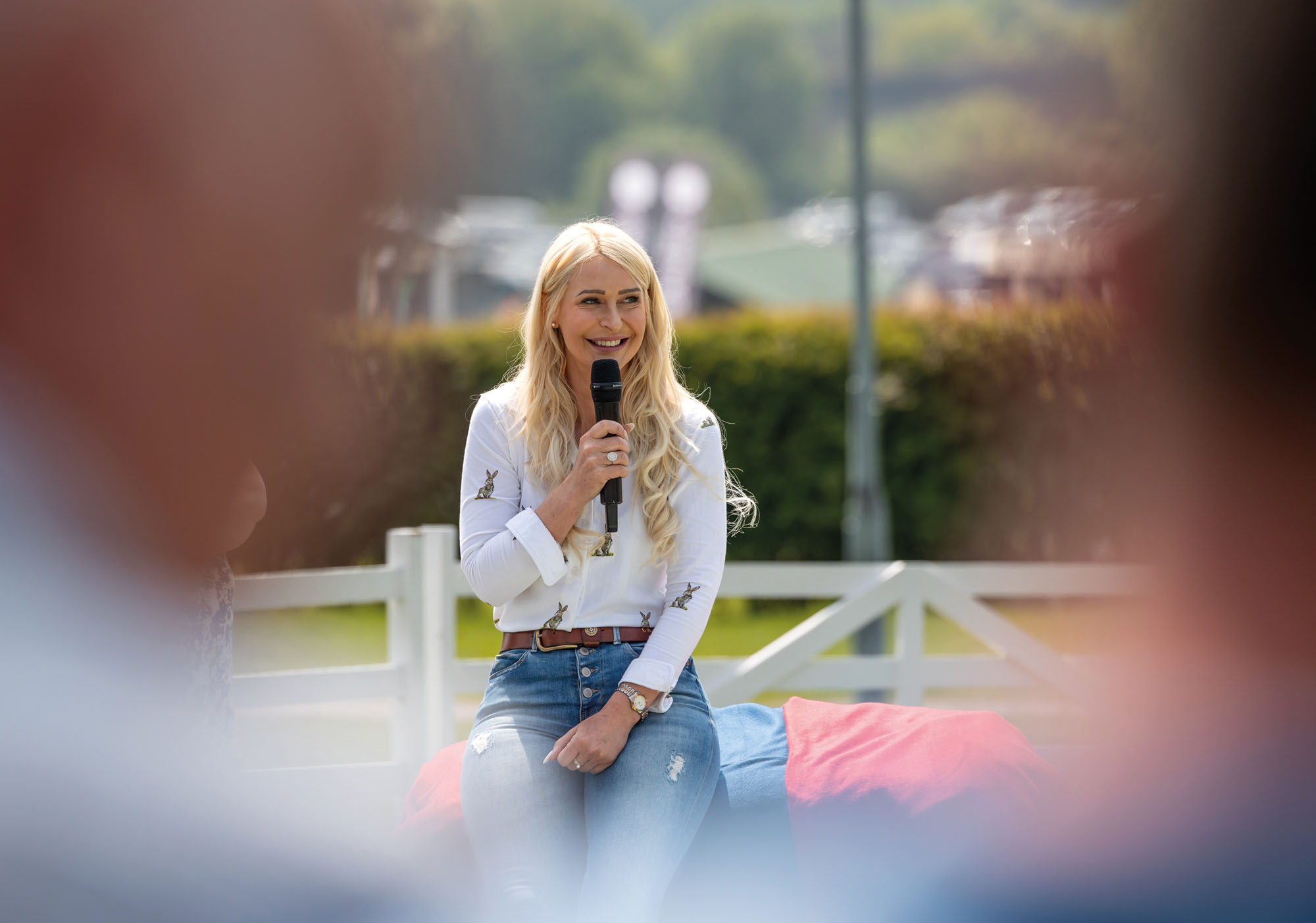
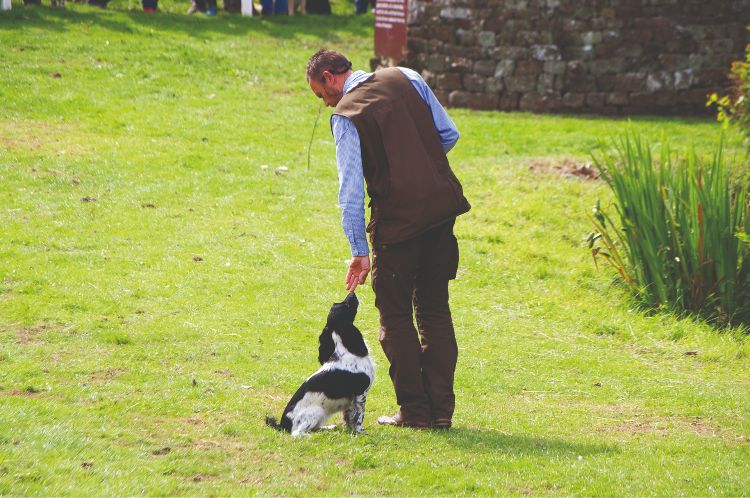 Aesthetics & working ability
Aesthetics & working ability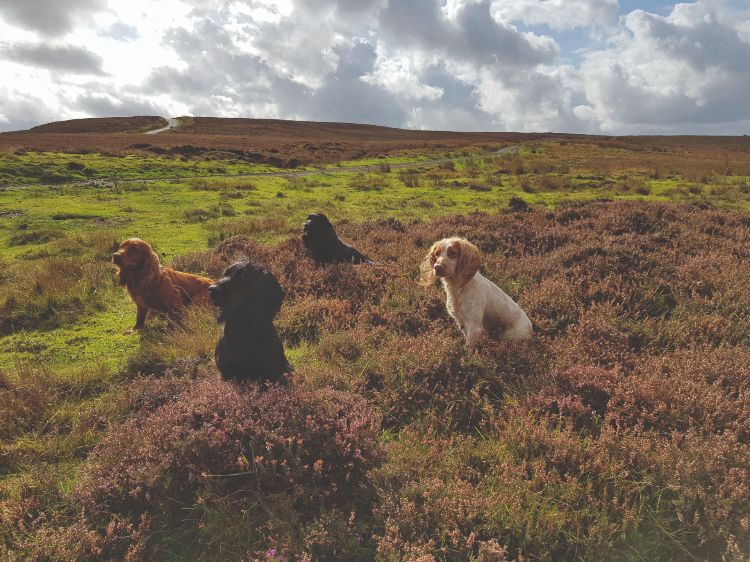 Gundog genetics & selective breeding
Gundog genetics & selective breeding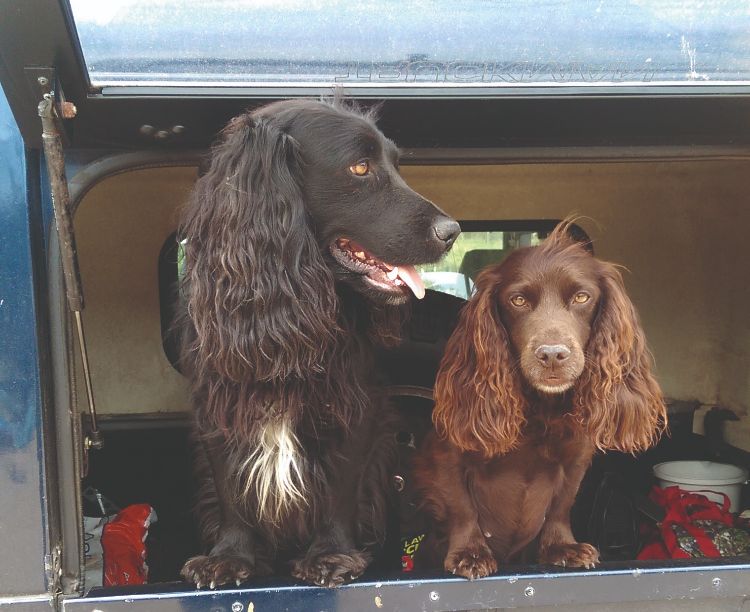 Does size matter when it comes to working dogs?
Does size matter when it comes to working dogs?
